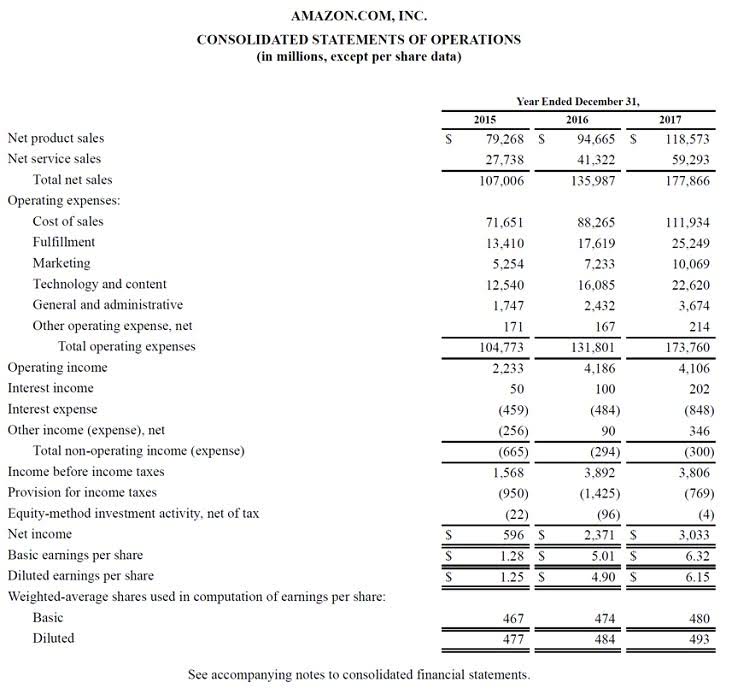
All such actions can reduce working capital in the short term, but they may not be sustainable over longer periods. Renegotiating supplier contracts, adjusting employee schedules, and investing in technology to reduce human errors are all ways in which operational efficiency can be achieved. These, in turn, can improve cash flow and lower the current liabilities figure. The business’s net working capital figure also indicates how efficiently a company’s operations run. This metric can therefore give some steer on what could be optimized, such as inventory levels or payments on account.
your small business.

Managing your working capital involves liquidity management, accounts receivable management, inventory management, accounts payable management, and short-term debt management. To calculate working capital based on the balance sheet above, you’ll take your total current liabilities total and subtract them from your total current assets total. A high Net Working Capital, Retail Accounting while seemingly positive, can also suggest inefficiencies. It might indicate that a company is holding too much cash, carrying excessive inventory, or not effectively collecting its accounts receivable. While a comfortable buffer is desirable, an excessively large balance could mean that capital is sitting idle rather than being invested in growth initiatives or returned to shareholders.

Making Sense of the Ratio

Monitoring the accounts receivable turnover ratio, which measures how efficiently receivables are collected, provides additional insight into credit management effectiveness. Net working capital (NWC) is a fundamental financial metric that assesses a company’s short-term financial health and operational efficiency. It measures a business’s capacity to cover immediate financial obligations using readily available assets.

Identifying Current Liabilities
- Short-term debt, such as lines of credit or loans due within twelve months, also constitutes a current liability.
- On its balance sheet (the asset side), it has $100,000 in cash available, $50,000 worth of accounts receivable, and $100,000 worth of inventory.
- With all expenses out of the way, some of this leftover money can go in the bank, with the other portion going towards growth-related initiatives.
- To address this, companies often use strategies such as early payment discounts or stricter credit policies.
- Where possible, refinancing short-term debt that’s pushing the net working capital into the negative can work to fix the gap.
This fundamental financial statement provides a snapshot of a business’s assets, liabilities, and owner’s equity at a specific point in time, at the end of a fiscal quarter or year. When examining the Balance Sheet, you will find distinct sections dedicated to current assets and current liabilities. In simple terms, working capital is the net difference between a company’s current assets and current liabilities and reflects its liquidity (or the cash on hand under a hypothetical liquidation).
Formula In Excel (with excel template)
Current liabilities are financial obligations that a company expects to settle within one year or its normal operating cycle. Accounts payable, for instance, are amounts owed to suppliers for goods or services purchased on credit. Short-term debt includes loans or lines of credit that must be repaid within twelve months. For most companies, net working capital is calculated from five accounts on the balance sheet. On the assets side, the company’s cash, marketable securities, accounts receivable, and inventory are considered.
How Can a Company Increase its Working Capital?
Current liabilities are obligations that a company expects to https://dev-mahindigitalhub.pantheonsite.io/2023/07/06/how-can-you-effectively-get-clients-for-your/ settle within one year or one operating cycle. Accounts payable are amounts a company owes to its suppliers for goods or services received on credit. A ratio greater than 1 indicates positive working capital, while a ratio below 1 suggests negative working capital. These can all be liquidated pretty easily and converted to cash within a few months or less. So, if you focus on collecting these outstanding amounts due, you should be able to convert all these outstanding invoices to cash. Therefore, you can liquidate accounts receivable quickly and quickly, making it a current asset.
- Working capital is necessary to maintain the ongoing operations of a business, so most sophisticated buyers include it in the purchase price when they submit an offer.
- CFI is the global institution behind the financial modeling and valuation analyst FMVA® Designation.
- Learn more about a company’s Working Capital Cycle, and the timing of when cash comes in and out of the business.
- For invoice/ accounts receivable factoring, borrowers must have 540+ personal credit scores and 1+ years in business, with no annual revenue requirement.
- This helps stakeholders gauge if a business can navigate its operational cycle smoothly and meet immediate financial commitments.
- The rationale for subtracting the current period NWC from the prior period NWC, instead of the other way around, is to understand the impact on free cash flow (FCF) in the given period.
The change in NWC comes out to a positive $15mm YoY, which means the company retains more cash in its operations each year. If calculating free cash flow – whether on an unlevered FCF or levered FCF basis – an increase in the change in NWC is subtracted from the cash flow amount. In fact, cash and cash equivalents are more related to investing activities, because the company could benefit from interest income, while debt and debt-like instruments would fall into financing activities. For example, banks offer the cheapest business loans on the market because they usually work with heavily capitalized businesses. These borrowers tend to have so much working capital saved up that they don’t actually need the bank’s money. If the business went under or the investment turned sour, the business would still have no trouble paying off the loan.
The time period is sometimes tough to agree on as it can have a material impact on the amount of working capital, especially for businesses with fluctuating working capital demands throughout the year. Working capital fluctuates for most businesses and is subject to manipulation. Agreeing on a target reduces friction between the parties by reducing the seller’s ability to manipulate it.
Still, it’s important to look at the types of assets and liabilities and the company’s industry and business stage to get a more complete picture of its finances. Therefore, in March 2024, Microsoft had about $28.5 billion in working capital. If Microsoft were to liquidate all short-term assets and extinguish all short-term debts, it would have nearly $30 billion in remaining cash. Until the payment is fulfilled, the cash remains in the possession of the company, hence the increase in liquidity. But it is important to note that those calculate net working capital unmet payment obligations must eventually be settled, or else issues could soon emerge. Since the company is holding off on issuing payments, the increase in payables and accrued expenses tends to be perceived positively.
